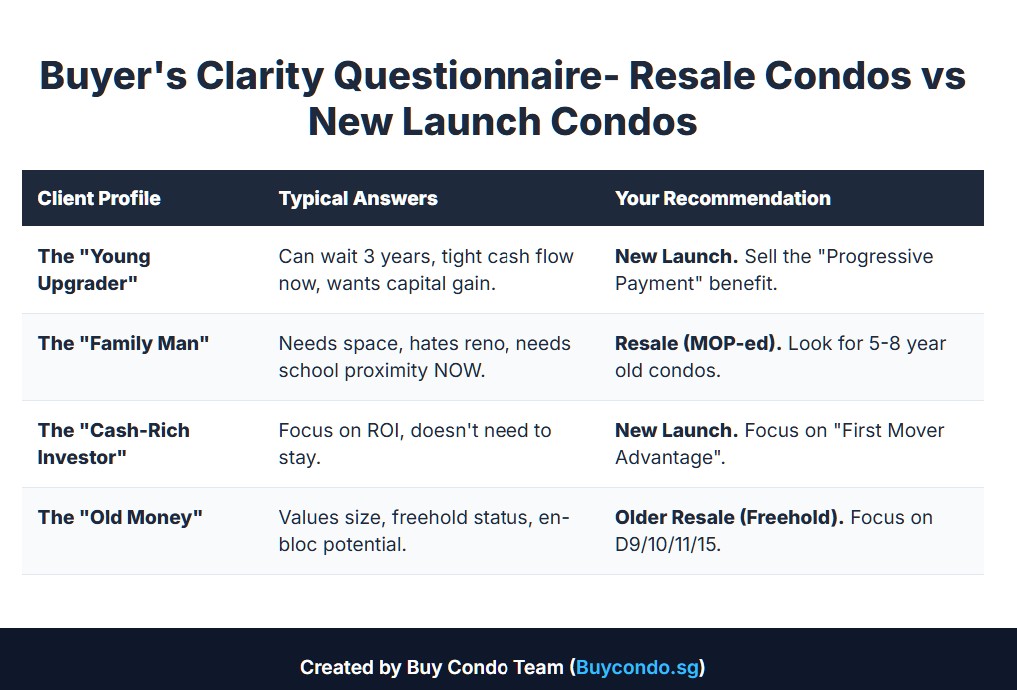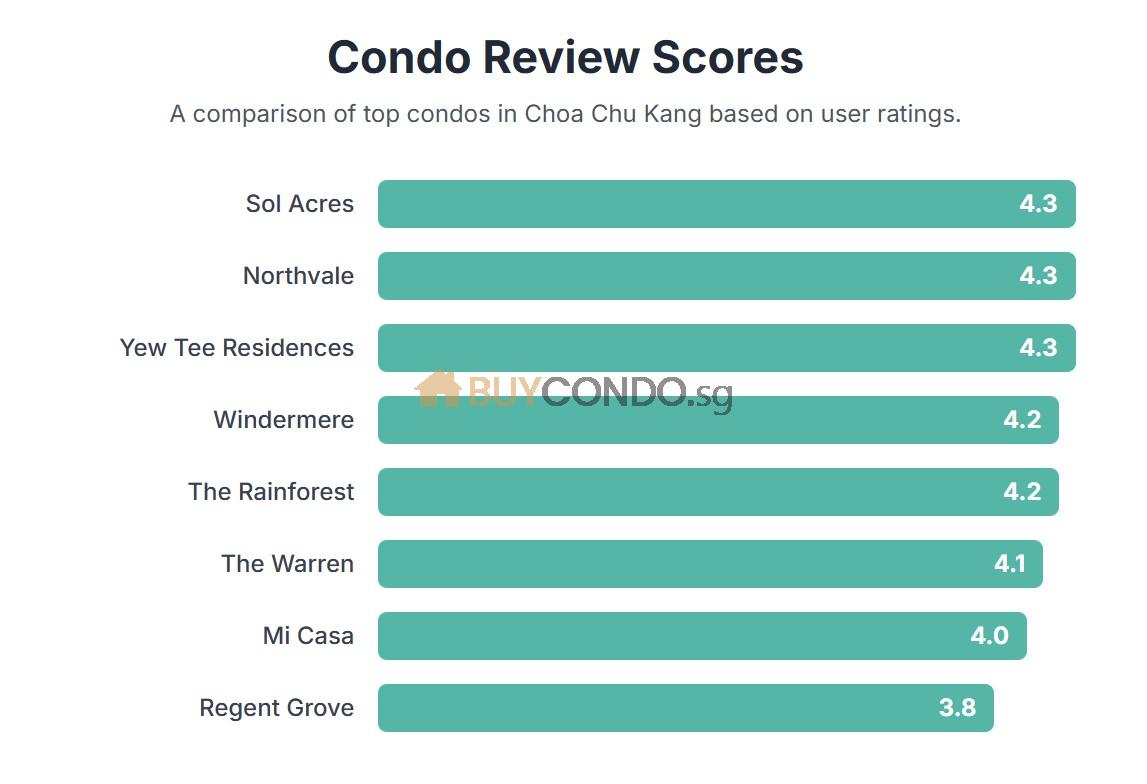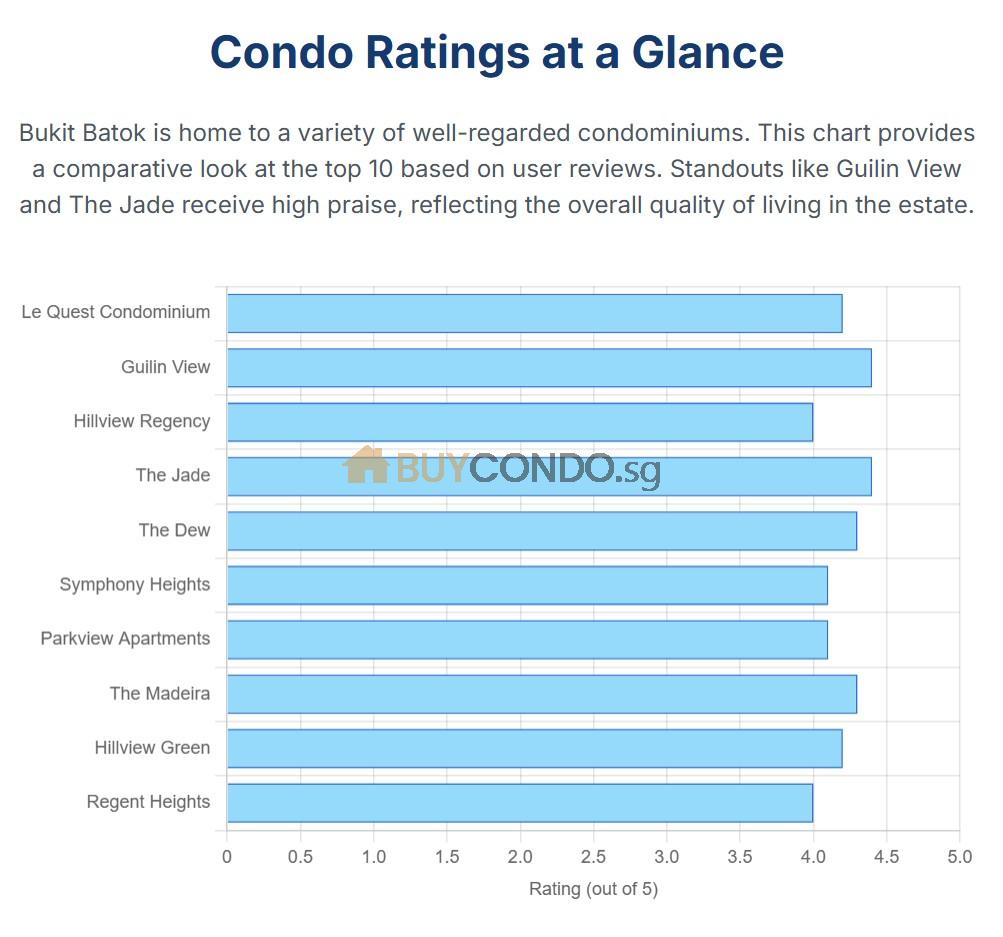What is Wear and Tear? A Guide for Landlords and Tenants
Introduction : What is Wear and Tear? A Guide for Landlords and Tenants
In the realm of rental properties, the term “wear and tear” is used to describe the natural and expected deterioration of a property due to its regular usage and the passage of time. These normal occurrences of wear and tear can range from the fading of paint, minor scratches on wood floors, to the slow wearing down of fixtures and fittings due to regular use.
The importance of understanding the concept of wear and tear cannot be overstated for both landlords and tenants. This understanding helps to delineate responsibilities, minimize potential disputes, and provide clarity on property condition and repairs. By having a clear understanding of what constitutes wear and tear, both landlords and tenants can better manage expectations and obligations regarding the upkeep and repair of the rental property.
To illustrate, consider a tenant who has been living in a rental property for a year. Over the course of the year, the tenant uses the property in a reasonable manner, leading to minor wear and tear. This could include small scratches on wooden floors due to moving furniture, or slight fading of curtains due to sun exposure. This kind of deterioration is expected and considered normal wear and tear. However, if the tenant were to cause significant damage to the property, such as heavily scratched floors due to improper use of furniture, or broken windows from neglect, this would fall under the category of property damage rather than normal wear and tear.
Differentiating Normal Wear and Tear from Property Damage
Normal wear and tear is a natural result of a tenant living in and using a rental property. This could encompass minor and superficial changes like small scratches on wood floors, wear spots on carpets, or faded curtains due to sunlight exposure. These minor changes are expected to occur over time and are typically the result of everyday living.
On the other hand, property damage is more severe and tends to be the result of negligent or careless behavior by the tenant. Property damage is considered to be damage that goes beyond normal usage and wear and tear, and can include heavily scratched or gouged floors, damage to appliances due to misuse, or broken windows and doors.
The relationship between tenant behavior and property damage is key in differentiating wear and tear from damage.In essence, property damage is often attributed to negligence, abuse, or carelessness by the tenant, distinguishing it from normal wear and tear. For example, if a tenant has children who color on the walls with markers, this would be considered property damage as it is a result of negligence, and not a natural occurrence from regular use.
Understanding the difference between normal wear and tear and property damage is crucial in determining the responsibilities of landlords and tenants. It is also important in assessing whether costs for repairs or replacements can be deducted from the tenant’s security deposit.
Landlord’s Responsibility for Wear and Tear
Landlords are typically responsible for the general upkeep and maintenance of the rental property. This includes ensuring that the premises are in a habitable condition, dealing with routine maintenance tasks such as fixing leaks or faulty wiring, and addressing normal wear and tear that is beyond what would be expected from reasonable use.
For instance, if the paint on the property’s exterior starts to peel due to weather conditions over time, it is the landlord’s responsibility to repaint and maintain the property’s appearance. This is because the peeling paint is a result of normal wear and tear caused by the weather, and not due to tenant negligence or misuse.
In cases where there is damage beyond fair wear and tear, such as heavily damaged floors or appliances, landlords have the right to deduct funds from the tenant’s security deposit to cover the necessary repairs. However, landlords should be careful to distinguish between damage that is the result of normal wear and tear, and damage that is due to tenant negligence or misuse.
For example, if a tenant spills red wine on a carpet and leaves a permanent stain, this could be considered damage beyond normal wear and tear. In this case, the landlord would be justified in using the security deposit to cover the cost of professional cleaning or carpet replacement.
In situations where the security deposit does not cover the cost of the damage, landlords may need to consider legal action. Landlords can consult a lawyer for advice on the appropriate legal steps to take against the tenant. Legal professionals can provide guidance on the rights of landlords and tenants and can help navigate the often complex legal landscape of landlord-tenant disputes.
Tenant’s Responsibility for Wear and Tear
Tenants have a responsibility to maintain the rental property and ensure that it is returned in a similar condition to its state at the start of the tenancy, barring any authorized alterations and fair wear and tear. This responsibility extends to cleaning the property, replacing light bulbs, and handling minor repairs like unclogging drains or fixing loose door handles.
For example, if a tenant notices that a light bulb has burned out, it is their responsibility to replace it. Similarly, if the tenant accidentally breaks a door handle, they are responsible for repairing or replacing it. These minor repairs and maintenance tasks fall under the tenant’s obligation to maintain the property and prevent unnecessary wear and tear.
However, tenants are not responsible for wear and tear resulting from regular, day-to-day use of the property. This could include the natural fading of paint due to sunlight exposure, or the gradual wearing down of kitchen countertops due to regular use. These instances of wear and tear are to be expected and fall under the landlord’s responsibility to address.
Examples of Common Wear and Tear Issues
When it comes to rental properties, some common wear and tear issues can include minor scratches on wood floors from daily foot traffic, wear spots on carpets from regular use, and faded curtains due to sunlight exposure. These issues are generally considered normal and expected as a result of regular use. Other examples could include the aging of kitchen appliances, slight discoloration of walls due to sunlight, or worn-out keys from regular usage.
In contrast, damage caused by the tenant, such as broken windows, large stains on carpets, or holes in the walls, is not considered wear and tear. Such damage is often the result of neglect, misuse, or accidents, and its repair or replacement may fall to the tenant’s responsibility. For example, if a tenant spills a glass of red wine on a white carpet and leaves a large stain, this would be considered tenant-caused damage, not wear and tear.
Understanding the Concept of Fair Wear and Tear
The concept of ‘fair wear and tear’ is a crucial aspect of rental property management. It refers to the level of deterioration from normal usage that is considered acceptable and expected in a rental property. This includes the natural aging of the property and the reasonable use of the property by the tenant. For instance, the fading of paint on the walls due to sunlight exposure over a few years would typically fall into the ‘fair wear and tear’ category.
Landlords and tenants should clarify what falls under the ‘fair wear and tear’ clause in their tenancy agreement to avoid misunderstandings and potential disputes. It’s recommended to clearly define the concept and provide specific examples in the rental agreement. For instance, if minor scuffs on the floor from moving furniture are considered ‘fair wear and tear’, this should be stated explicitly in the agreement. By clearly understanding this concept, landlords and tenants can better manage their expectations and responsibilities.
The Role of Insurance in Property Maintenance
Insurance can play a significant role in property maintenance and the management of wear and tear. Tenants Liability Insurance, for instance, can provide additional protection against accidental damage to the landlord’s property. This type of insurance can cover the cost of repair or replacement for accidental damage caused by the tenant, relieving the tenant of potential financial burdens.
Insurance can help mitigate the financial risks associated with property damage caused by tenants. It provides a safety net for both landlords and tenants, ensuring that unexpected incidents don’t result in substantial financial loss. Tenants may consider obtaining this insurance to safeguard themselves and their landlords’ interests.
Singapore Legal Advice
Above is just for information sharing, For more information and resources on tenancy disputes and other legal topics do seek legal advice or assistance in Singapore.
Conclusion
Whether you are a landlord seeking advice on managing wear and tear, looking to rent their properties out long term, it will be recommended for you to use a property management service in singapore.














